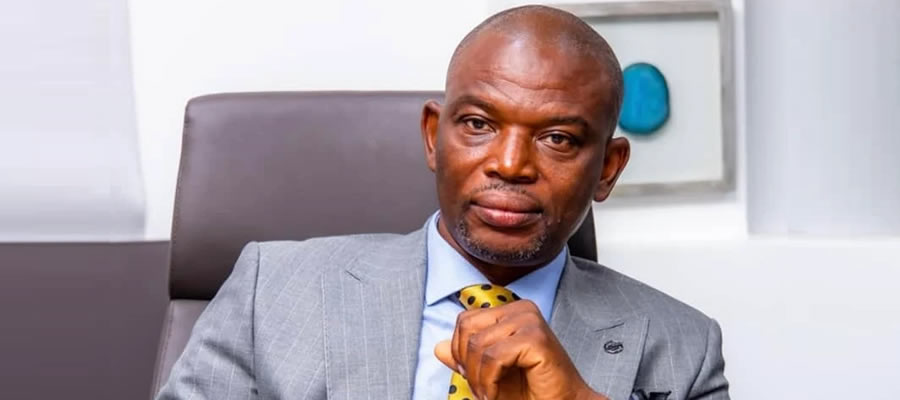

For effective implementation of educational programmes, the district is divided into two (2) circuits namely; Gwollu and Fielmuo. The table below shows the number of educational institutions in the various circuits. As indicated in the table above, the district educational institutions range from Nursery (KG) to J S S. There is neither Senior Secondary School nor Technical /Vocational School in the District. This implies that all the JSS graduates will have to move outside the district to obtain SSS education. This has cost implication for the parents. There is therefore an urgent need for the establishment of a Senior Secondary School and Technical School in the District.
As regard the literacy level in the District, most adults can neither read nor write. It is worth noting that some communities in the district have no educational institution of any level. Even those communities with educational institutions are confronted with issues of furniture and poor structures. These collectively affect the performance of students. In all, 13 basic schools in the district need major repairs. From the table above, the enrolment of the district has increased by 9.8%.
This is as result of intensive educational campaign and the implementation of the capitation grant. The activities of some NGOs such as the Catholic Relief Service as well as the World Food Programme have also attracted pupils especially the girl-child. The increment in enrolment requires more teachers, furniture and classrooms be provided in the district. In terms of structures, it is worth noting that out of 37 primary schools, 30 have pre-schools attached. This echoes government intention to open pre-schools attached to every primary school. The table below presents a detailed enrolment rate as well as the teacher pupil ratio of the district.
The higher rate from primary to JSS may be as a result of no entrance examination into JSS. The BECE is seemingly a barrier to SSS. The performance rate in the district decreased from 58.1% in 2004/05 to 50% in 2005/06. The decrease in performance has the potential of reducing quality human resource in the future. This has adverse implication for future development of the district. Thus efforts should be made to improve performance at JSS.
Staffing
District has been able to establish a GES Directorate. The directorate is however faced with staffing problem. The directorate requires 64 personnel for its administrative work but currently, there are 21 staffs at post comprising 18 administrative and 3 supporting
staffs. Based on the GES approved Teacher-Pupil Ratio of 1:35 for primary and 1:22 for JSS the district requires 274 teachers. Thus, in terms of teaching staff in the schools, the district is in short of 55 teachers for both primary and JSS.
Educational problems of the district
1. Inadequate office and residential Accommodation.,
2. Limited supervision.
3. Low number of classrooms and furniture.
4. Poor sanitary practices in basic schools
5. Poor academic performance and attainment.
6. Poor data storage and retrieval.
Date Created : 11/17/2017 4:08:17 AM











 facebook
facebook
 twitter
twitter
 Youtube
Youtube
 +233 593 831 280
+233 593 831 280 0800 430 430
0800 430 430 GPS: GE-231-4383
GPS: GE-231-4383 info@ghanadistricts.com
info@ghanadistricts.com Box GP1044, Accra, Ghana
Box GP1044, Accra, Ghana